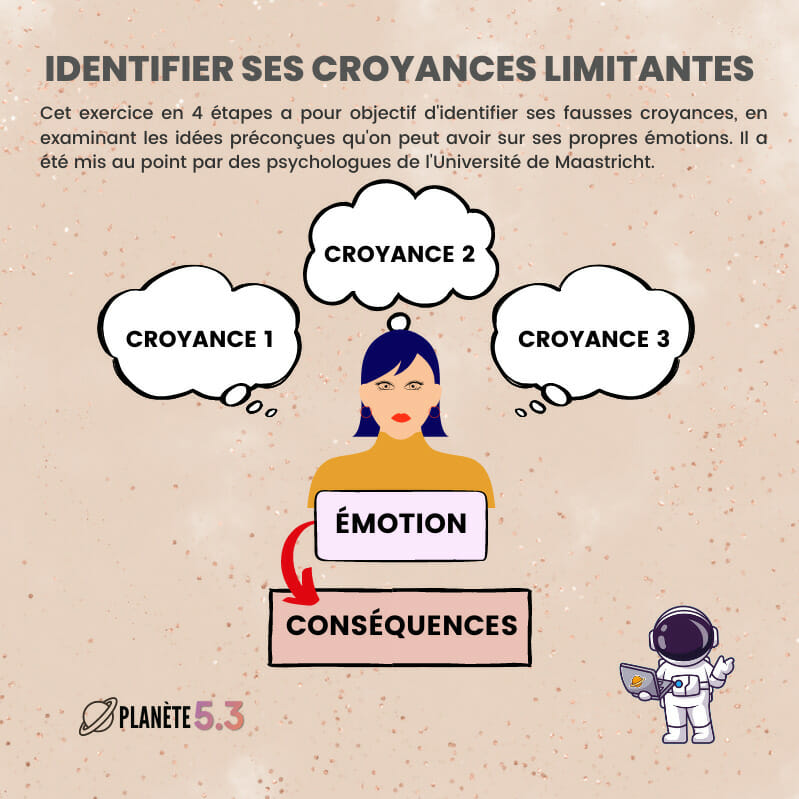Until 80% of women say they are prone to hot flashes during menopause. If this disorder – accompanied by sweating, palpitations, dizziness and sometimes anxiety – is shared by many women, its origin is less known.
But researchers may well have (finally) discovered its origin. According to Naomi Rance, a retired professor of neuropathology at the University of Arizona School of Medicine and a pioneer in hot flash research, hot flashes mimic the way an overheated body cools downwith the only difference that this is a “untimely activation“, because they occur at times when the body temperature is already the norm.
If these so-called vasomotor symptoms have long puzzled researchers who have not been able to understand what can cause this heatstroke, recent research has shown that a group of neurons present in the hypothalamus could play a role. “We’ve always assumed that hot flashes happen because of a malfunction in the hypothalamus, and that’s true. But now we understand the details that make it happen.”adds Nanette Santoro, a longtime researcher on menopause.
What causes hot flashes?
For 30 years, Naomi Rance has sought to shed light on hot flashes. She first noticed swollen neurons in postmenopausal women, before discovering it was estrogen receptors. According to her, the absence of this hormone – which disappears during menopause – could make them fat. She ended up identifying three proteins produced by these neuronss: kisspeptin and neurokinin B which play an important role in fertility and dynorphine. These proteins also have a role in temperature regulation and several studies have already confirmed the role of neurokinin in the onset of hot flashes.
And these new details are helping to create a new treatment: indeed, a drug blocking the effects of these neurons is currently under review by the US Food and Drug Administration (FDA) and could, if approved, offer a non-hormonal medical alternative as early as 2023.
Hormonal treatment available for menopause today is hormone treatment that partly restores estrogen but which nevertheless carries certain dangers for women. This treatment could bethe first pharmacological class dedicated to hot flashes” since the introduction of Premarin, an estrogen-based treatment in 1941. Two articles in clinical trials.
How long do hot flashes last?
Women with moderate to severe hot flashes have for about four years, and up to a third of them suffer from it for 10 years. Racialized women are the most affected, with earlier symptoms that last longer and more frequent hot flashes
If the “attacks” of hot flashes are not very long, between 30 seconds and 5 minutes, affected women may experience a loss of energy or feel diminished. They can sometimes occur at night and disrupt sleep. Warning: too persistent, they can nevertheless be a sign of poor health and could be linked to a increased risk of cardiovascular disease (heart attack, stroke, heart failure, etc.)
Source :
- Is it possible to cure hot flashes? A cure is within reach, National Geographic, December 15, 2022















